By: Joe Holz, Director of Sales | Originally Posted: Feb. 10, 2016 | Updated: June 2, 2022
____________________________________________________________________________________________
As the name implies, these are aquatic plants that are free floating at the surface or have leaves that float. Typically, they have some sort of root system that hangs below the plant and filters the water for nutrients.
Two common undesirable floating aquatic plants are Duckweed and Watermeal. These two species of aquatic plants can cover a pond and create a very unappealing appearance. They also block sunlight from reaching the rest of the water column. Ultimately, this limits growth of other aquatic plants and can reduce the amount of oxygen available for your fish.
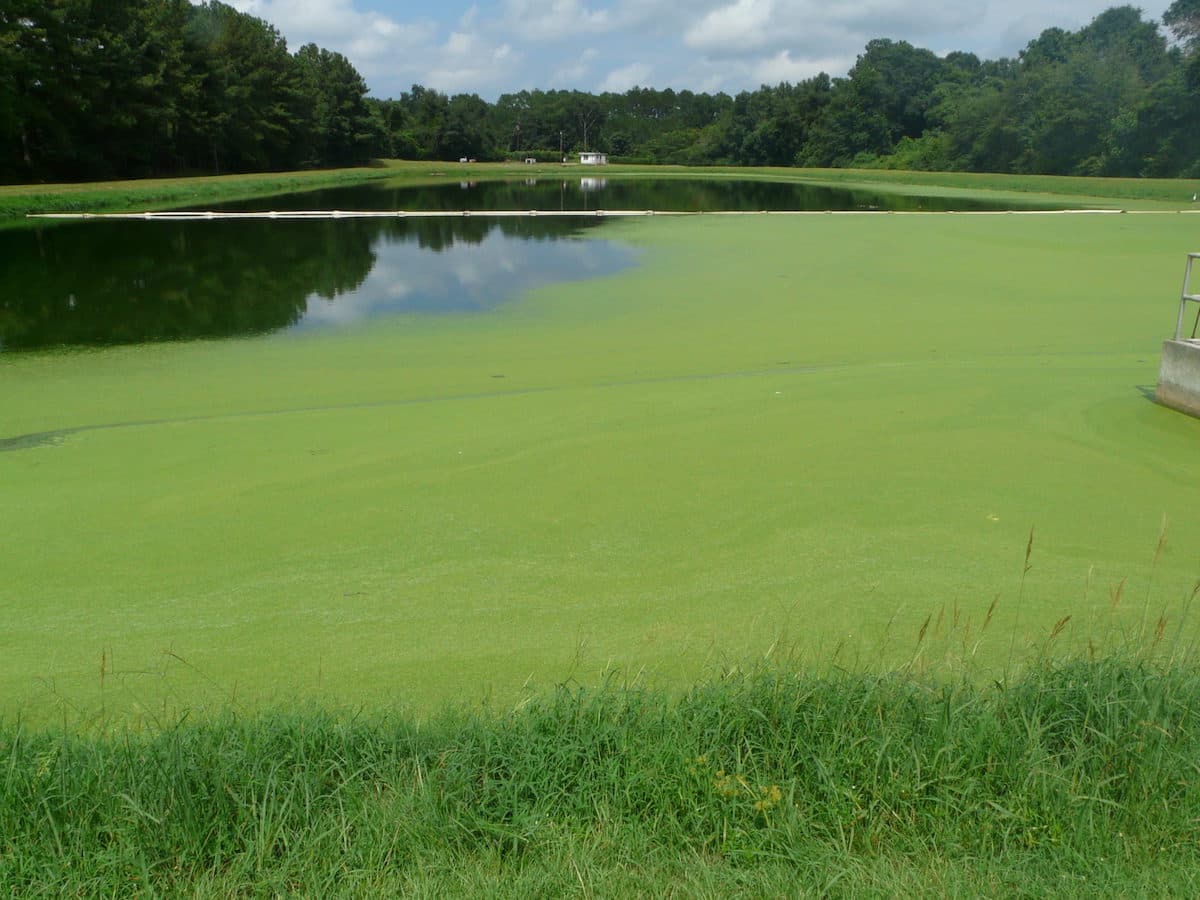
A few floating aquatic plants that are more desirable, in moderation, are Water Lily (Lily Pads), Watershield, and Spatterdock. These plants enhance the aesthetics of a pond and produce nice flowers. However, if not controlled, they can overrun a pond and become undesirable.
Duckweed (Lemna minor)
Duckweed is a small, green aquatic plant, typically round or oval, that floats at the surface with a root that hangs below. It can spread by humans or wildlife (ducks, geese, turtles, etc.). This is one of those plants that can quickly spread and cover an entire pond, ultimately blocking sunlight from other plants and causing an unattractive look.
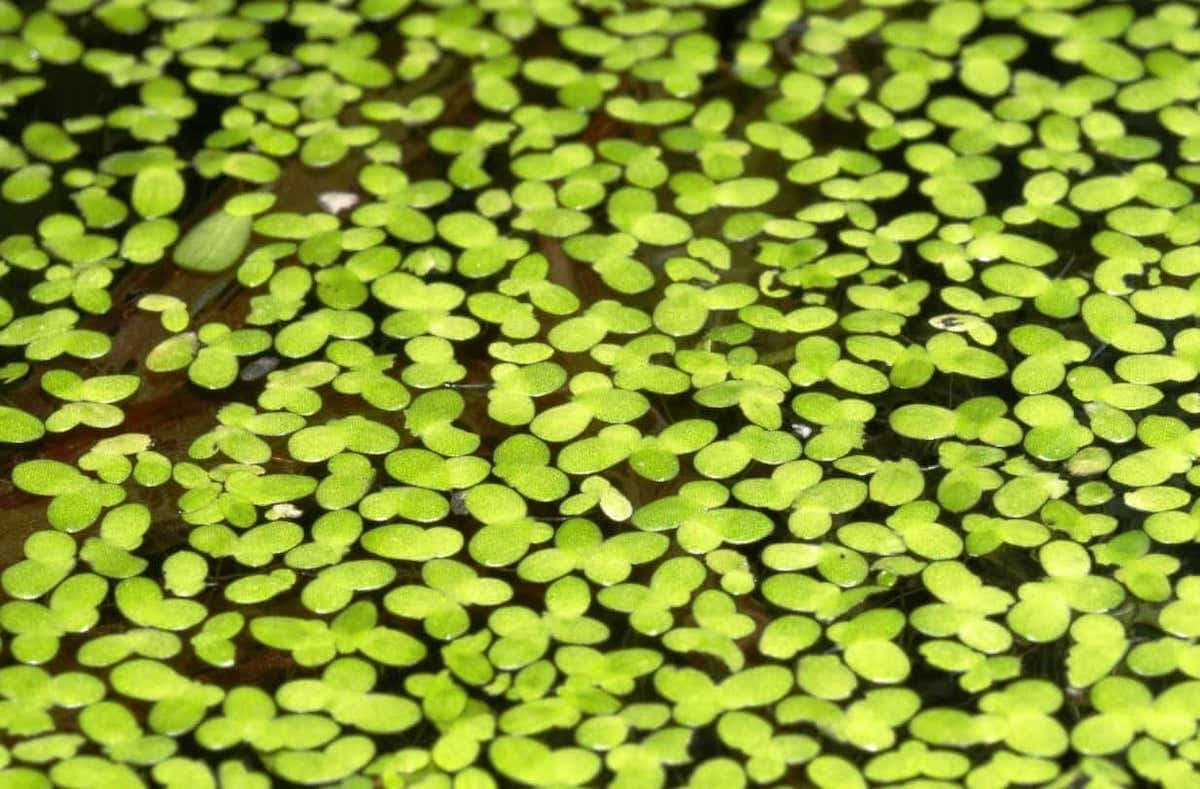
Common treatments include using a diquat (contact herbicide) which turns Duckweed brown on contact or fluridone (non-contact herbicide which turns it white. Grass Carp will also eat Duckweed as more of a “natural” treatment.
Watermeal (Wolffia spp.)
Watermeal is smaller than Duckweed and it looks like small green seed with no roots that hang below. It feels gritty between your hands and fingers and can also be spread by humans and wildlife. This is yet another plant that spreads quickly and can cover a whole pond, blocking the sunlight.
Similar to Duckweed, common treatments for Watermeal are with a diquat, again turning it brown, or fluridone which turns it white. However, Watermeal can be more difficult to treat than Duckweed.
Water Hyacinth (Eichhornia crassipes)
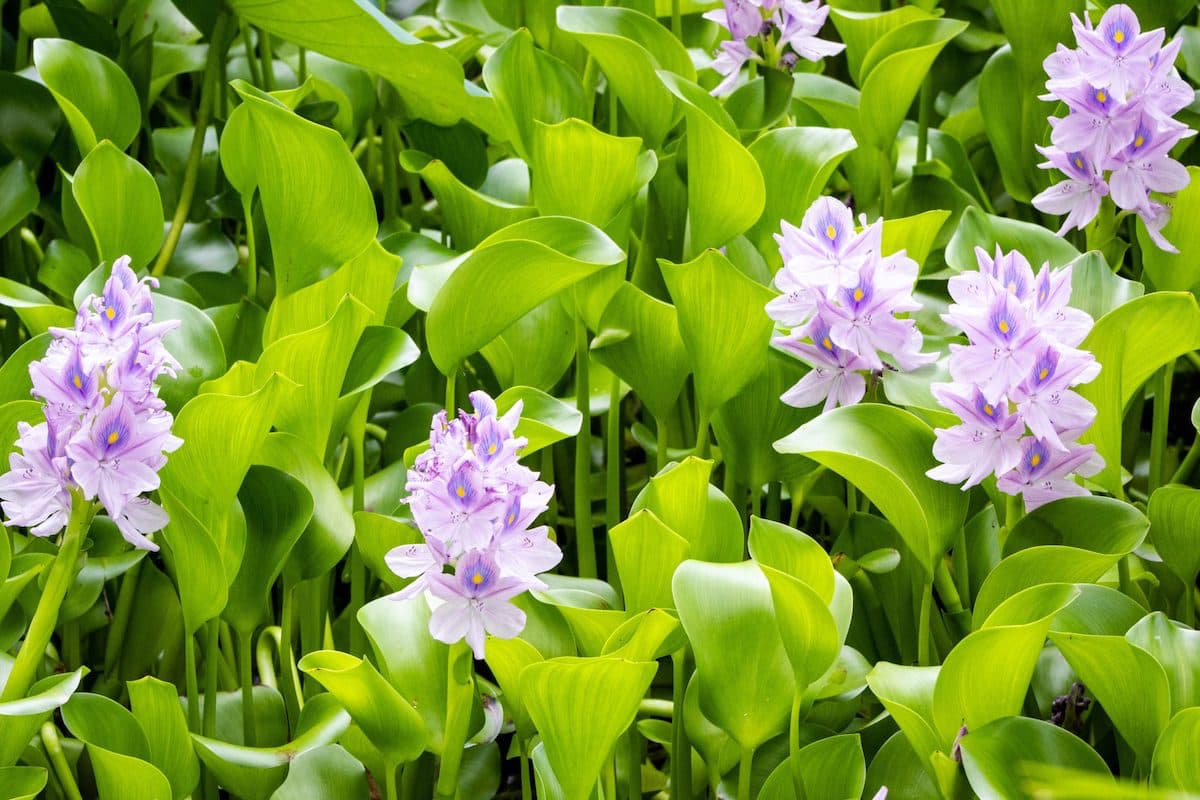
Water Hyacinth is an invasive floating plant species that originated from Brazil. It can quickly spread and take over a pond. Therefore, it is often classified as undesirable. It is characterized by the prominent flower it creates. The upper petal of the flower has a yellow spot that’s surrounded by purple. If this species is in your pond, it is important to keep it from spreading too rapidly by using a treatment or pulling the plants out.
Fragrant Water Lilies (Nymphaea odorata)
Fragrant Water Lilies (also known as Lily Pads) are a great example of beauty in moderation. They have rounded leaves that are about 6-12” with a cleft or cut to the center. The underside is a purplish red color, and they produce a white, fragrant flower. Lily pads can greatly enhance the appearance of a pond or water garden with the green pads and flowers, but they can also quickly overtake a pond if not monitored. They can be held in check simply by pulling the pads out.

Watershield (Brasenia schreberi)
Watershield has floating lobed leaves, like Fragrant Water Lilies. However, they do not have the cleft and the leaves are typically about 4” long and 3” wide which are much smaller. The stem and undersides of the leaves are purple and covered with a thick, gelatinous coating. Depending on personal taste, this can be a desirable species if it does not overrun a pond.
Spatterdock (Nuphar polysepala)
Spatterdock is another rooted plant with floating leaves and flowers. The leaves are large, about 12”, and can be round or heart shaped with a cleft and a rib down the center. During the summer months, yellow, ball shaped flowers will start to bloom. Spatterdock is a great species because it serves as a food source and habitat for fish and wildlife.
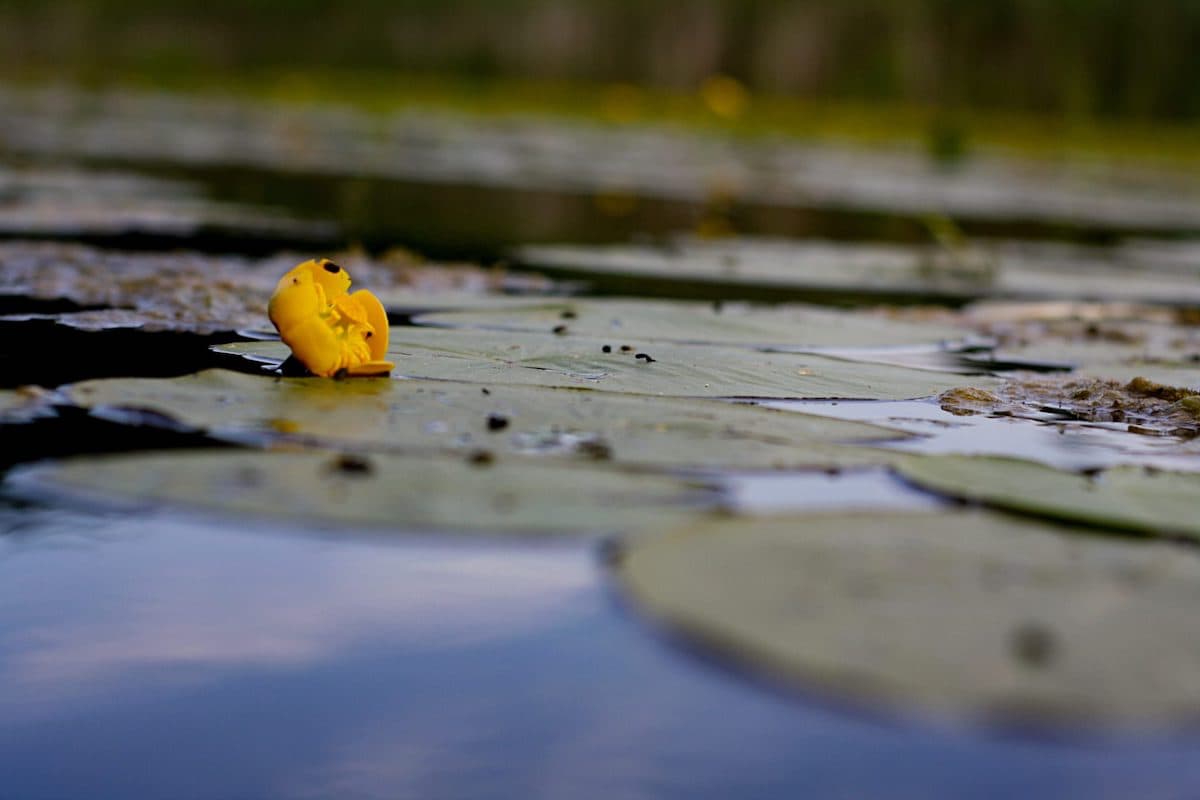
If you have any questions, please email us or call (715)-262-4488.
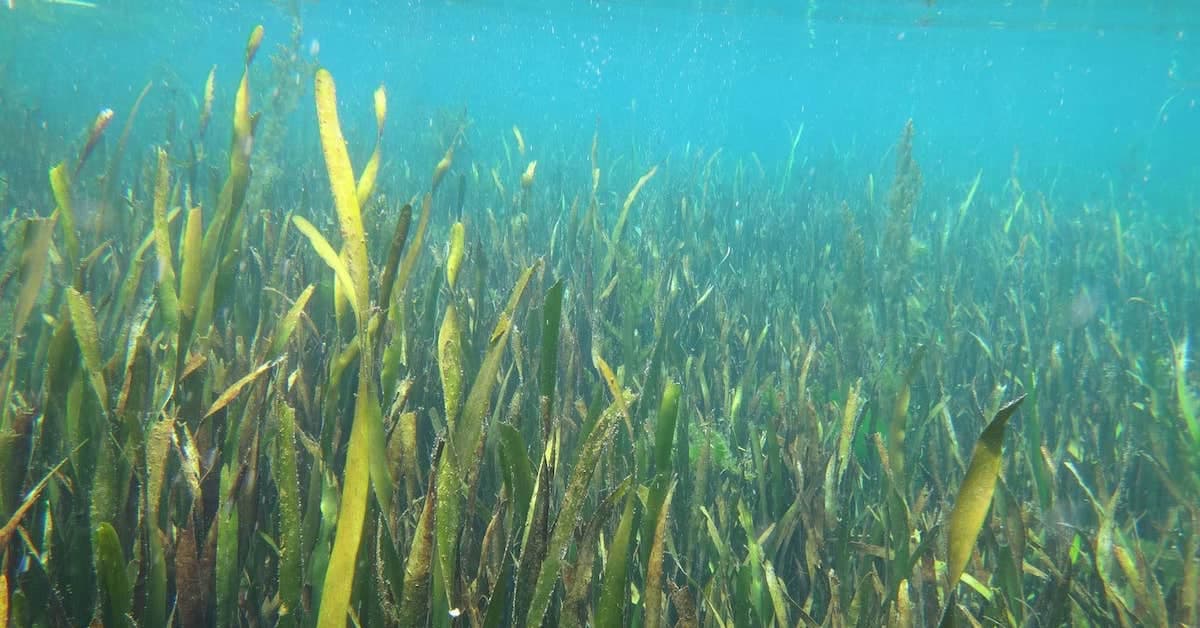 Common Submerged Aquatic Plants
Common Submerged Aquatic Plants
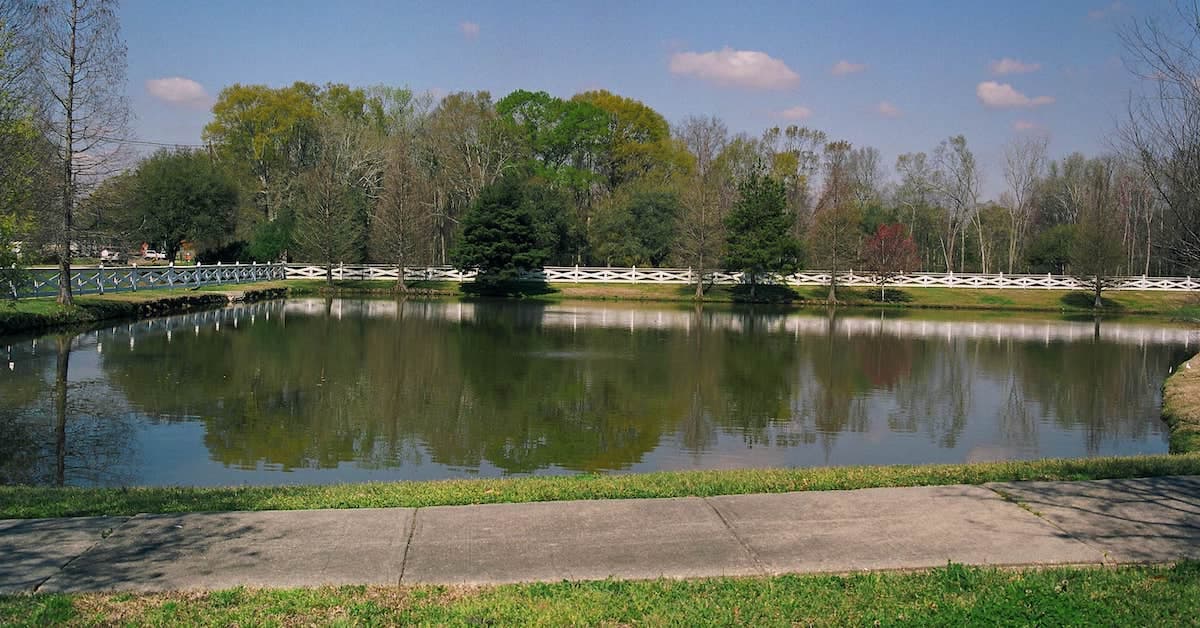 Common Aquatic Plant Treatments
Common Aquatic Plant Treatments
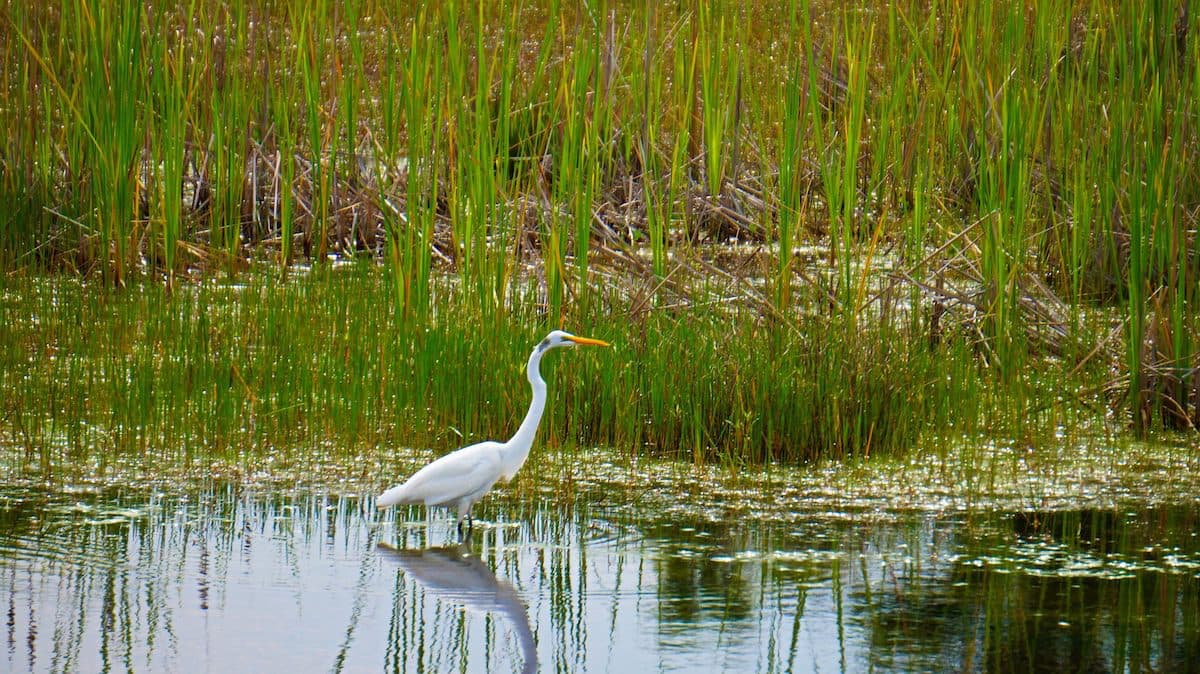 Common Emergent Aquatic Plants
Common Emergent Aquatic Plants